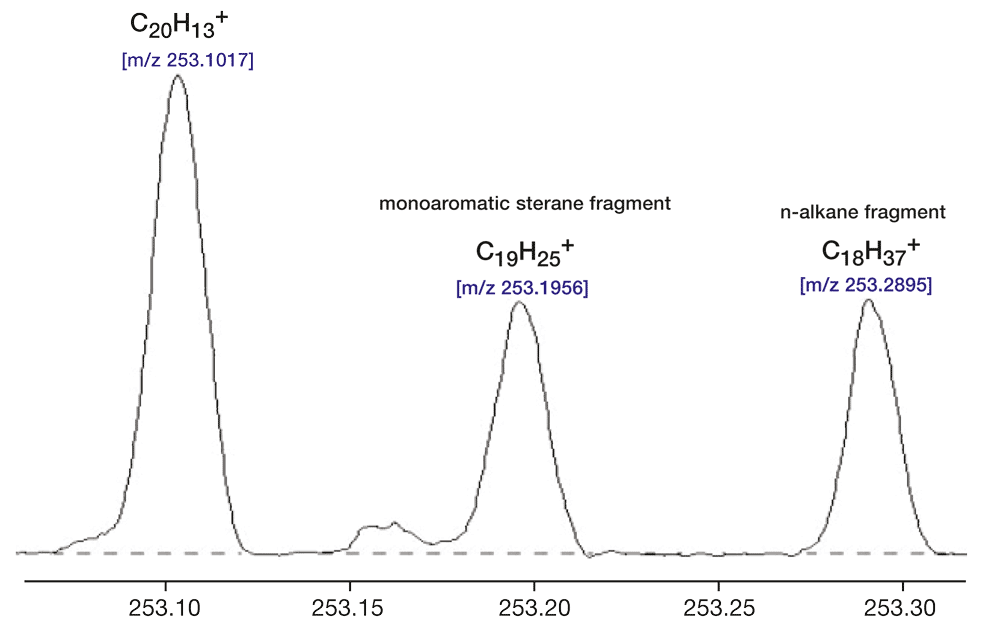AutoConcept Petroleum Applications
Several of the most useful analyses for oil fractions require the use of a mass spectrometer. The basic methods involve vaporising the entire fraction and analysing the resultant mass spectrum. Specific masses are then identified as belonging to different classes of compounds. By the use of mathematical programs it is then possible to identify the composition of the sample. This type of analysis is often termed Group-Type analysis.
The determination of oil samples in terms of their composition can provide very valuable information. By determining the amount of each class of compound (e.g. paraffins, cycloparaffins, sulphur-containing compounds) within the oil it is possible, for example, to determine the quality and also monitor any composition changes as a consequence of any chemical modifications done at a pilot plant.
For the Hydrocarbon Group-Type analysis, a typical result of the composition consists of the following classes of compounds:
- paraffins
- naphthalene (mono, di, tri and tetra species)
- aromatics (mono, di, tri, tetra and penta species)
- sulphur-containing compounds (e.g. benzothiophenes, di-benzothiophenes, benzonaphthothiophene)
- di-sulphur-containing compounds
ASTM Methods are well established for HC Group-Type analysis. The following is a list of different protocols under ASTM guidelines:
ASTM D2425 (Middle Distillates)
ASTM D2786 (Gas Oil Saturates Fractions)
ASTM D3239 (Gas Oil Aromatic Fractions)

HR-GCMS analysis of a saturated hydrocarbon fraction (C21+)

High performance provides superior identification capabilities. The spectrum above presents ions in an oil sample with the same nominal mass of 253. AutoConcept can successfully separate, and thus identify, the individual ionic species

The ability to use high performance MS characteristics to select only ions of interest is shown clearly in this multiple chromatogram of sterane distributions in shale oil. Metastable ion monitoring techniques have been used to separate the 3 sterane species unambiguously
For more information see our Petroleum AutoConcept page.


 Follow us
Follow us 